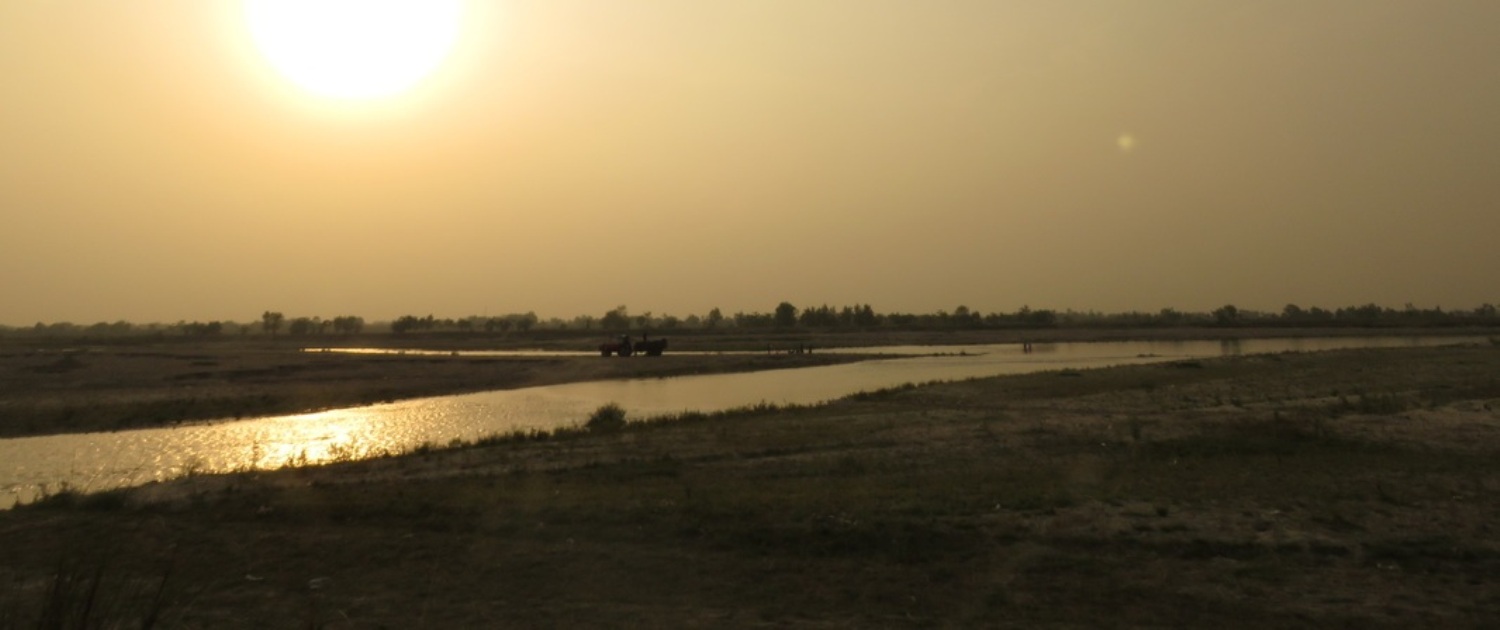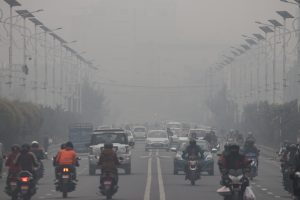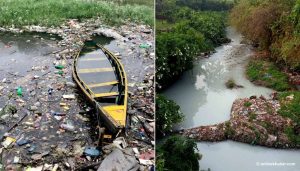The story of Bagmati’s pollution seems to have begun just two decades ago when urbanisation gained momentum like never before in Kathmandu. Various projects and campaigns have been initiated by different organisations and civic bodies to clean the holy water.
One such campaign, spearheaded by former Chief Secretary Lila Mani Poudyal, entered 150 weeks few days ago. Last week, an event was organised to commemorate the milestone in Guheswori, where the river cuts through the temple complex at Pashupatinath.
The volunteer-driven campaign has removed more than 3,000 tonnes of garbage, especially plastic bags, from the river over the 150 weeks.
A recent report published by Biosphere Association, an organisation which promotes local initiatives in conservation, education, and sustainable development, shows that much more needs to be done to save the river.
As part of the study, researchers examined the 200 km stretch of the river inside Nepal (from its origin at Sundarijal to the point where it leaves Nepal near the village of Brahmapuri in Rautahat).
The report says quality of the water (its suitability for drinking) rapidly deteriorates as it enters urban areas.
When the river reaches a point 25km south of its origin, it becomes unsuitable for drinking, the report states.
Right where the river enters Kathmandu’s urban area (20km from Sundarijal), the water is contaminated with fecal coliform. The degree of contamination increases as it moves south till 125 km downstream. The contamination exceeds all official limits, making it unsuitable for drinking, irrigation or recreational use.
Between the 60km and 65km sections, the water quality slowly improves, the report further concludes. This can be attributed to a series of rapids and turbulences in the river and its confluence with the Kulekhani River. The area is also sparsely populated, the report further states.
Between the 120km and 140km sections, the adjacent stretch of land is mostly used for agriculture.
The water is as bad for irrigation as it’s for drinking. Bagmati’s water, from the 25km to 105km mark, cannot even be used for irrigation. The same applies for the water at the 200km mark in Rautahat.
The deterioration in water quality has had a negative impact on aquatic life, and flora and fauna on the banks.
The water does not support aquatic life even at its origin, as per the report. This remains the case on the 25km-200km stretch. The report attributes this to zinc, copper, and chronic lack of dissolved oxygen.
Avian fauna on the Bagmati river system seems relatively less affected, though. The report states that 150km downstream from it origin, the river bank is home to avian fauna. Even water bird species considered threatened nationally and globally have been recorded here.
The report recorded the highest number of bird population (at around 45), 170km downstream.

The most number of species of birds was recorded 40km downstream from the river’s origin at Chobhar. The total number of species recorded was around 15.

The reasons for the degradation of Bagmati’s water quality cannot be attributed to a single factor. The stretch of the river passes through Kathmandu, the most densely populated area on the river’s course, and then it mostly passes through villages and towns as it goes past Chobhar.
That is why the report attributes most of the pollution to Kathmandu.
“…there are a decreasing number of households with toilets downstream along the river but only one of the twenty participants was discharging sewage directly to the river. Most biodegradable waste was composted and non-biodegradable waste was burnt but some was thrown in the river all along its stretch. The communities downstream may be adding a little to the pollution in the river but the population density is a tiny fraction of the population of Kathmandu Valley, which indicates that the pollution in the river was likely sourced from Kathmandu.”
The report was produced in association with Nepal River Conservation Trust.
—
Based on the data & images provided by Biosphere Association

























